tan x - √3 = 0
We will discuss about the general solution of the equation tan x minus square root of 3 equals 0 (i.e., tan x - √3 = 0) or tan x equals square root of 3 (i.e., tan x = √3).
How to find the general solution of the trigonometric equation tan x = √3 or tan x - √3 = 0?
Solution:
We have,
tan x - √3 = 0
⇒ tan x = √3
⇒ tan x = π3
Again, tan x = √3
⇒ tan x = π3
⇒ tan x = (π + π3)
⇒ tan x = tan 4π3
Let O be the centre of a unit circle. We know that in unit
circle, the length of the circumference is 2π.
If we started from A and moves in anticlockwise direction then at the points A, B, A', B' and A, the arc length travelled are 0, π2, π, 3π2, and 2π.
Therefore, from the above unit circle it is clear that the final arm OP of the angle θ lies either in the first or in the final third quadrant.
If the final arm OP lies the first quadrant then,
tan x = √3
⇒ tan x = cos π3
⇒ tan x = ten (2nπ + π3), Where n ∈ I (i.e., n = 0, ± 1, ± 2, ± 3,…….)
Therefore, x = 2nπ + π3 …………….. (i)
Again, the final arm OP lies in the third quadrant then,
tan x = √3
⇒ tan x = cos 4π3
⇒ tan x = ten (2nπ + 4π3) , Where n ∈ I (i.e., n = 0, ± 1, ± 2, ± 3,…….)
Therefore, x = 2nπ + π3 …………….. (ii)
Therefore, the general solution of equation tan x - √3 = 0 are the infinite sets of values of x given in (i) and (ii).
Hence general solution of tan x - √3 = 0 is x = nπ + π3, n ∈ I.
- General solution of the equation sin x = ½
- General solution of the equation cos x = 1/√2
- General solution of the equation tan x = √3
- General Solution of the Equation sin θ = 0
- General Solution of the Equation cos θ = 0
- General Solution of the Equation tan θ = 0
- General Solution of the Equation sin θ = sin ∝
- General Solution of the Equation sin θ = 1
- General Solution of the Equation sin θ = -1
- General Solution of the Equation cos θ = cos ∝
- General Solution of the Equation cos θ = 1
- General Solution of the Equation cos θ = -1
- General Solution of the Equation tan θ = tan ∝
- General Solution of a cos θ + b sin θ = c
- Trigonometric Equation Formula
- Trigonometric Equation using Formula
- General solution of Trigonometric Equation
- Problems on Trigonometric Equation
11 and 12 Grade Math
From tan x - √3 = 0 to HOME PAGE
Didn't find what you were looking for? Or want to know more information about Math Only Math. Use this Google Search to find what you need.
Recent Articles
-
Subtraction of Decimals | Subtracting Decimals | Decimal Subtraction
Apr 24, 25 03:25 PM
We will discuss here about the subtraction of decimals. Decimals are subtracted in the same way as we subtract ordinary numbers. We arrange the digits in columns -
How to Do Long Division? | Method | Steps | Examples | Worksheets |Ans
Apr 24, 25 10:18 AM
As we know that the division is to distribute a given value or quantity into groups having equal values. In long division, values at the individual place (Thousands, Hundreds, Tens, Ones) are dividend… -
Division by Two-Digit Numbers | Knowledge of Estimation | Division
Apr 24, 25 10:12 AM
In division by two-digit numbers we will practice dividing two, three, four and five digits by two-digit numbers. Consider the following examples on division by two-digit numbers: Let us use our knowl… -
Addition of Decimals | How to Add Decimals? | Adding Decimals|Addition
Apr 24, 25 01:45 AM
We will discuss here about the addition of decimals. Decimals are added in the same way as we add ordinary numbers. We arrange the digits in columns and then add as required. Let us consider some -
Addition of Like Fractions | Examples | Videos | Worksheet | Fractions
Apr 23, 25 09:23 AM
To add two or more like fractions we simplify add their numerators. The denominator remains same. Thus, to add the fractions with the same denominator, we simply add their numerators and write the com…
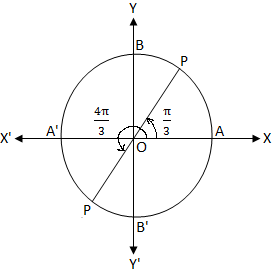

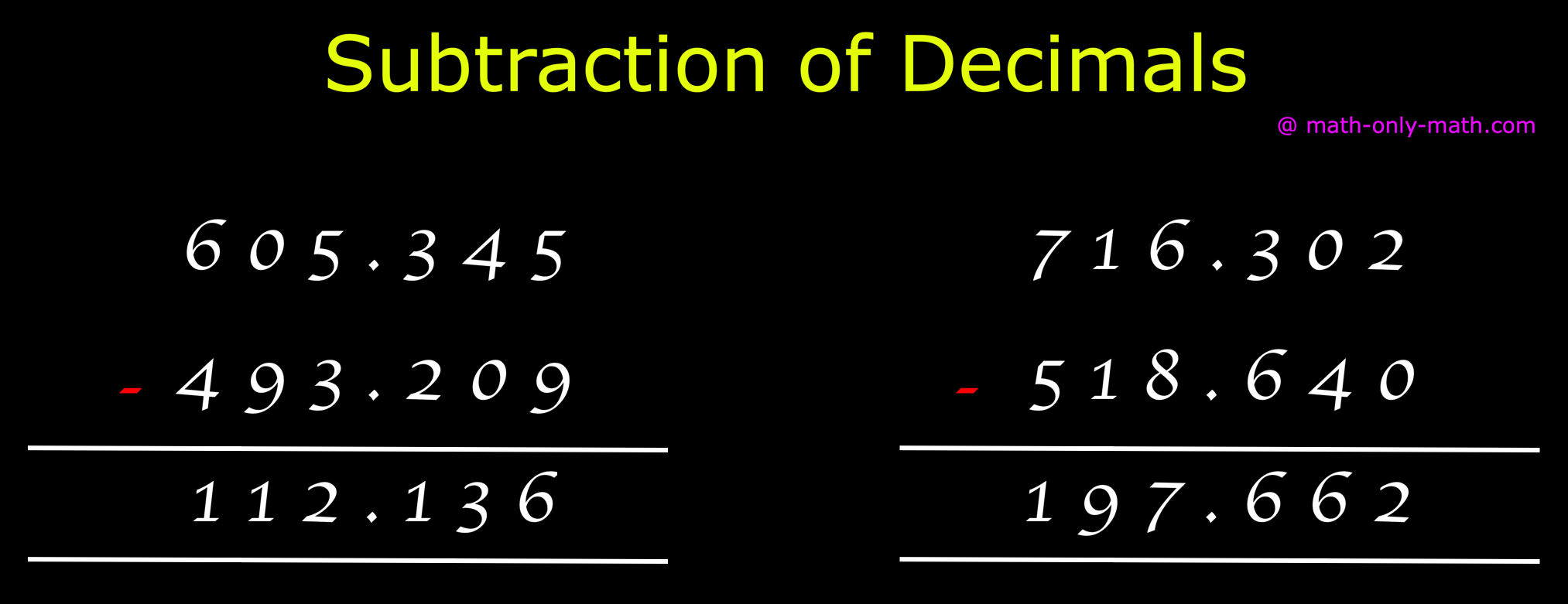
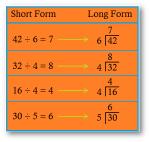
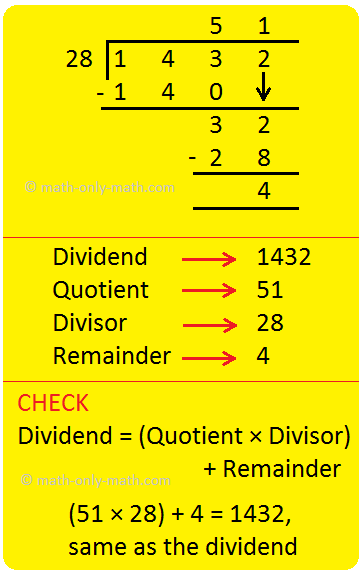

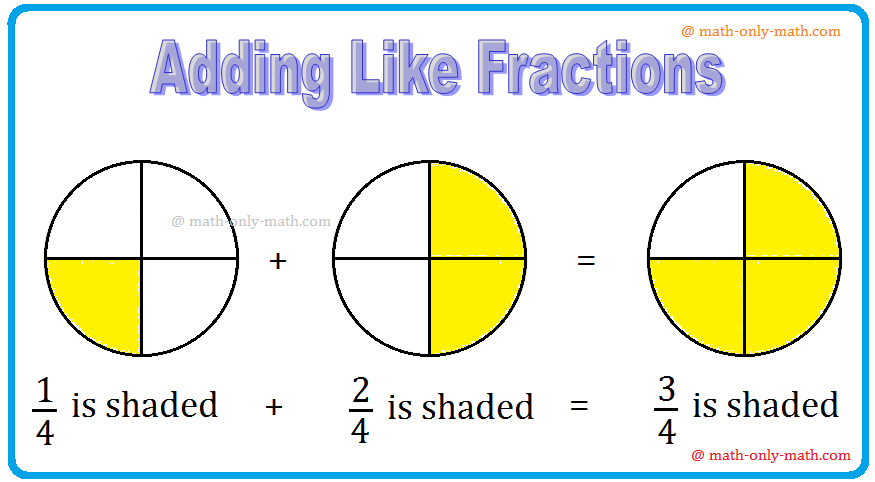
New! Comments
Have your say about what you just read! Leave me a comment in the box below. Ask a Question or Answer a Question.